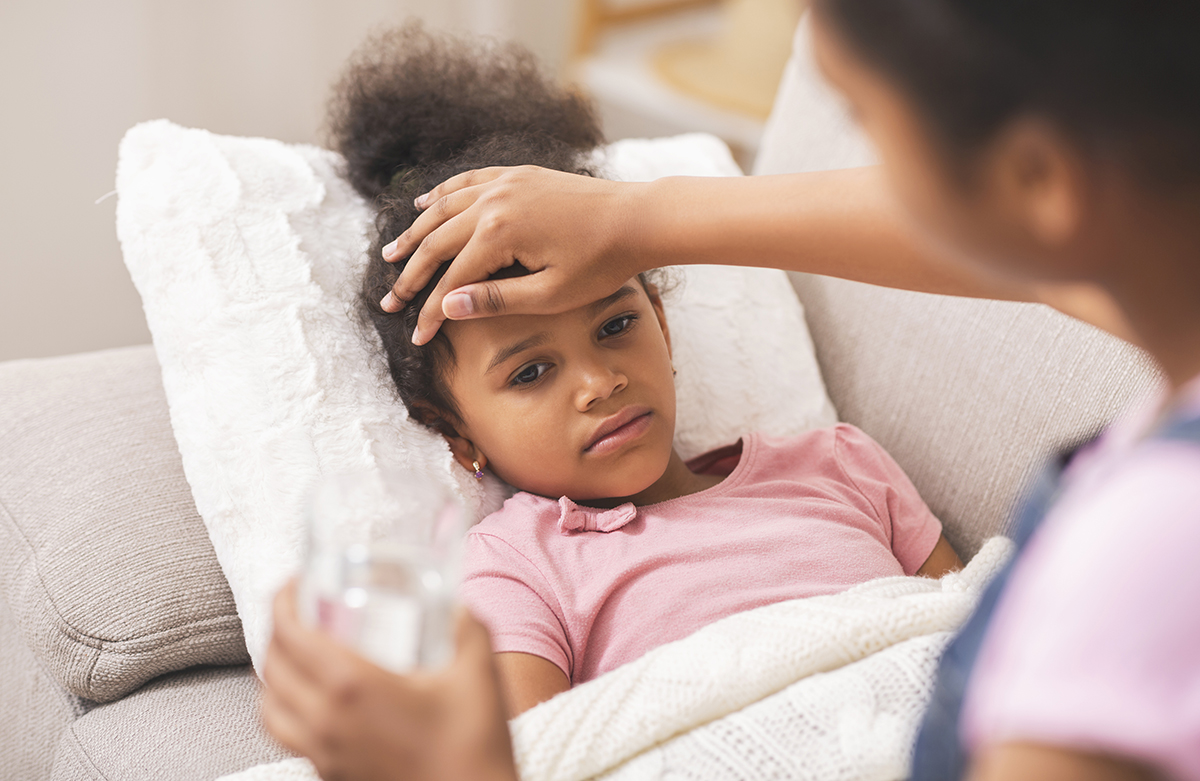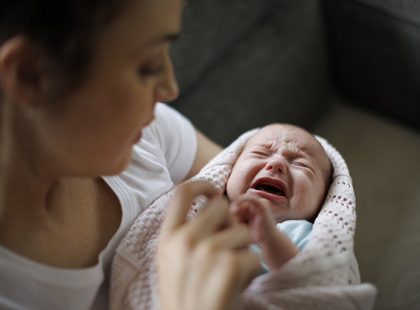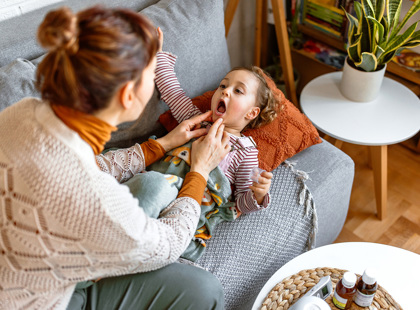
By Dr. Dolly Gupta, Nansemond Pediatrics
When your child is vomiting, it can be tough to know what to do next, especially if they’re also dealing with diarrhea or a fever. One of the biggest concerns during this time is dehydration. Children can lose a lot of fluids quickly, and when they're not able to keep anything down, that risk only increases.
Why Is Vomiting a Concern?
Vomiting is a common symptom in many childhood illnesses. It’s a natural reflex that your child’s body uses to protect itself from something harmful. When the brain’s “vomiting center” is triggered, it causes the abdominal muscles and diaphragm to contract, while the stomach relaxes, forcing its contents out. Vomiting is usually related to a mild, brief illness, often a viral infection, and most children recover without treatment.
But while vomiting can help clear out irritants or infections, it can also lead to fluid and electrolyte loss. This is especially risky when your child is also sweating from a fever or having diarrhea.
What Happens If a Child Gets Dehydrated?
When kids lose too much fluid, they can also lose key electrolytes like sodium, potassium, and chloride – nutrients that help regulate everything from heart rhythm to muscle function. Babies and toddlers are especially vulnerable because their bodies don't hold onto water as well, and they have less fluid to lose to begin with.
Signs of Dehydration
Call your pediatrician right away if you notice any of the following signs:
- Very few wet diapers (less than six per day for infants)
- Dry mouth or tongue
- Fewer tears when crying
- Unusual sleepiness or fussiness
- Wrinkled-looking skin or cool, clammy hands and feet
- Sunken soft spot (fontanelle) on the baby’s head
- Dizziness or weakness when standing (in older children)
Preventing Dehydration at Home
Oral rehydration therapy is the safest and most effective way to help your child stay hydrated while they're sick. Here’s how:
- Limit solid food for the first 24 hours and focus on fluids.
- Start small. Offer tiny sips every few minutes.
- Use what works: To help your child take fluids slowly and consistently, you can use a cup, bottle, spoon, syringe, or even a medicine dropper. If that stays down, you can give larger amounts. Try 1 teaspoon (5mL) every 1-2 minutes. If your child vomits, wait 30 minutes and try again.
What Fluids Are Best?
For babies 6–12 months old:
- Continue breastfeeding or formula feeding as tolerated.
- If breastmilk or formula isn’t staying down, try a commercial electrolyte solution especially made for infants. Examples include Ceralyte, Enfalyte, and Pedialyte, although generic brands work equally well.
- Avoid plain water. This can dilute electrolytes too much.
- Do not make oral rehydration solution at home.
For children over 1 year:
- Commercial oral rehydration solutions (like Pedialyte) in liquid or popsicle form.
- Half-strength diluted apple juice or sports drinks (half juice/drink, half water).
- Note: Sports drinks replace salts but can be high in sugar, which may worsen diarrhea.
- Gelatine, tea, rice water, and other beverages are not recommended in children who are dehydrated.
Can My Child Skip Meals?
Yes. If your child is otherwise healthy, missing a few meals won’t harm them. The priority is keeping them hydrated. Once vomiting stops and your child can tolerate fluids, you can slowly reintroduce solids, starting with bland, easy-to-digest foods.
It’s hard seeing your child sick, but vomiting is usually short-lived. With the right care, and by keeping a close eye on their hydration, you can help them recover comfortably at home.
Children who refuse to drink oral rehydration solutions or vomit immediately after drinking should be closely monitored for worsening dehydration.
And remember, if you have any questions or concerns, contact your pediatrician. No question is too small when it comes to your child’s health.






